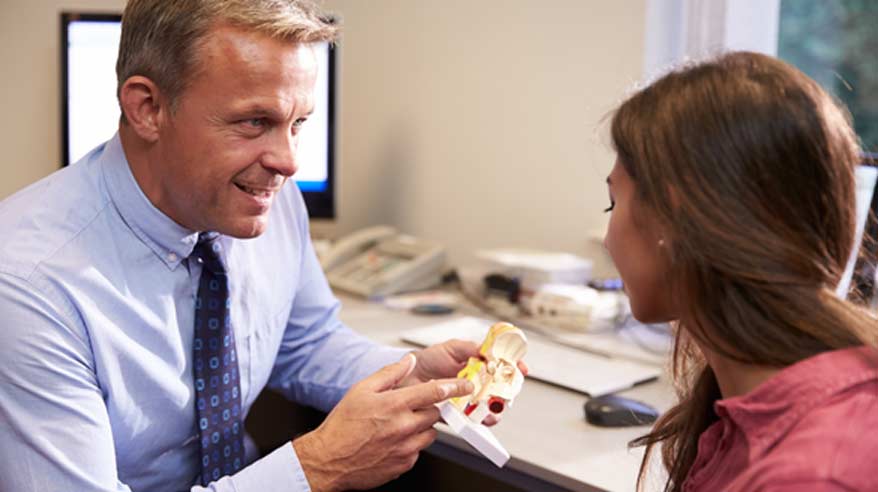
The shape of human ears naturally varies from one person to another.
Normally, ear shape is something people consider part of their unique character. However, some individuals have ears that protrude excessively, or ones that are affected by genetic defects that were present at birth.
It’s often the outside portion of ear, specifically the ear cartilage, that needs to be reshaped if there is a desire to create better facial balance or correct an abnormality that’s contributing to emotional distress or self-esteem problems. It should be noted that most ear shape issues do not affect hearing.
Considering Ear Cartilage Reshaping
Ear cartilage reshaping surgery (otoplasty) is often an elective procedure. However, an ear, nose, and throat specialist may recommend this type of corrective surgery if ears are too large (macrotia), too pointy, protruding, or deformed in a way that’s not affecting hearing. Adults dissatisfied with their ear shape may also consider ear cartilage reshaping. The goal with this procedure is to improve the appearance of ears or to make ears as symmetrical and balanced as possible.


How is Ear Cartilage Reshaping Performed?
Prior to the procedure, image tests may be done to get a detailed view of the affected ear’s cartilage, especially if an ear is affected by a genetic deformity. Normally, surgery to reshape ear cartilage is performed with a local anesthetic. Younger children may need general anesthesia.
During a typical ear shaping procedure, a small incision is made behind the ear to access the ear cartilage. The reshaping process may involve removing small pieces of cartilage, scoring it, and stitching it to remaining cartilage to achieve the desired shape and/or position. The specific techniques used will depend on how an ear’s shape needs to be altered.
What Happens After Surgery
With most ear cartilage procedures, there is a small scar behind the ear. However, it usually becomes less noticeable over time. There may be some slight discomfort during the initial healing period, along with temporary redness. Most patients are able to resume their normal activities shortly after ear cartilage reshaping, although there may be some restrictions with showering, bathing, or anything involving ear contact with water until the affected ear heals.
Incisionless Ear Surgery
A newer option for correcting protruding ears is known as incisionless otoplasty. Performed with a needle that scores the surface of ear cartilage, it’s a procedure that involves the placement of stitches buried behind the ear to retain the new shape. In some cases, ear cartilage may be stitched to bone behind the ear.
If ear shape is affected by defects present at birth, it’s generally recommended that ear cartilage reshaping take place around the age of five when cartilage is stable enough for surgery. Very young children may have an alternative treatment known as ear splinting, which is a painless procedure involving the use of splints worn for a brief period of time. Adults can be typically considered good candidates for ear cartilage surgery if they are otherwise healthy without any serious underlying medical or hearing-related conditions.

